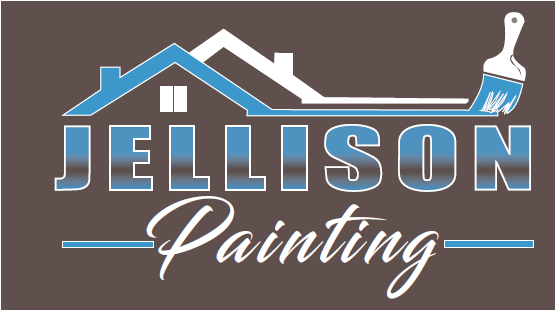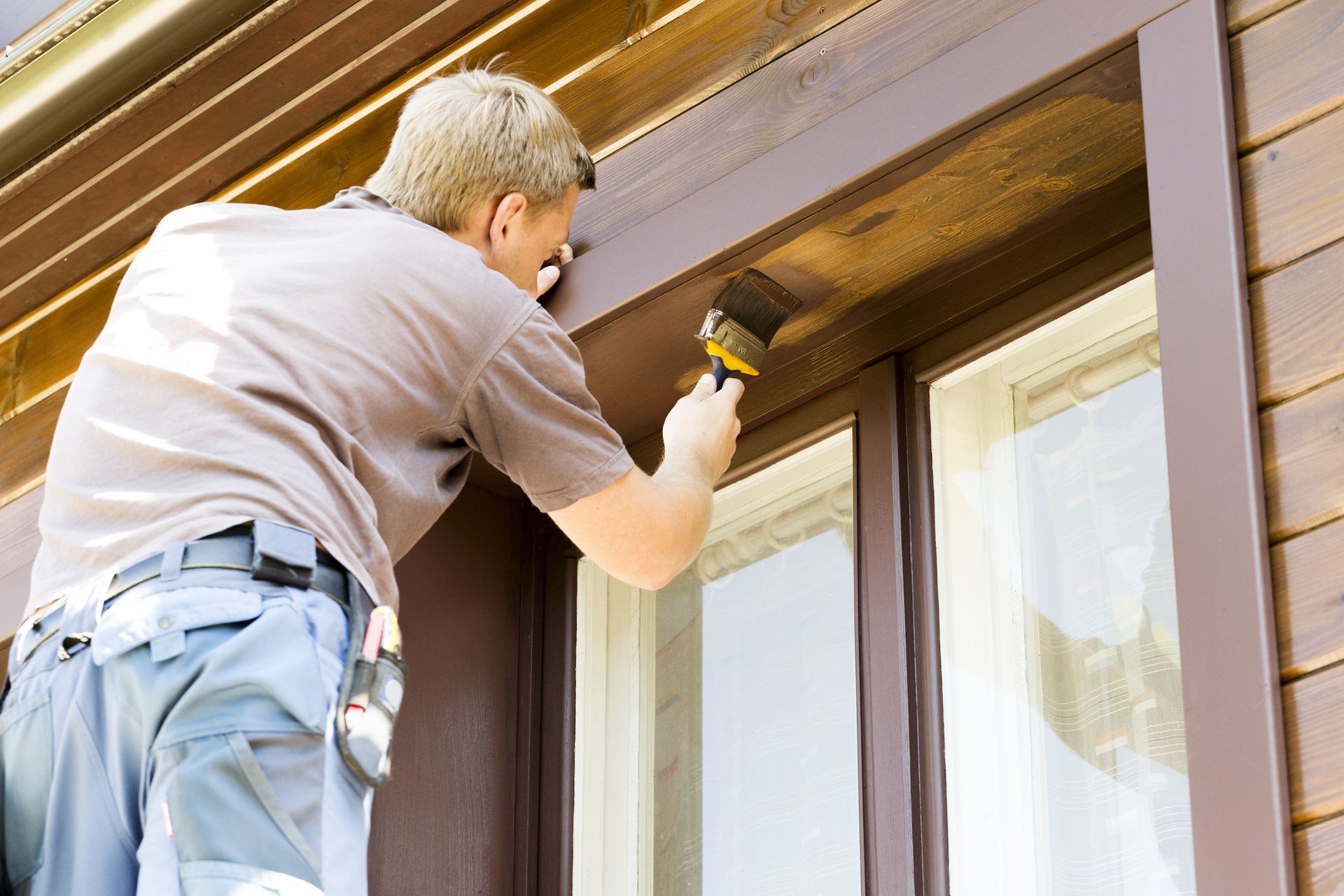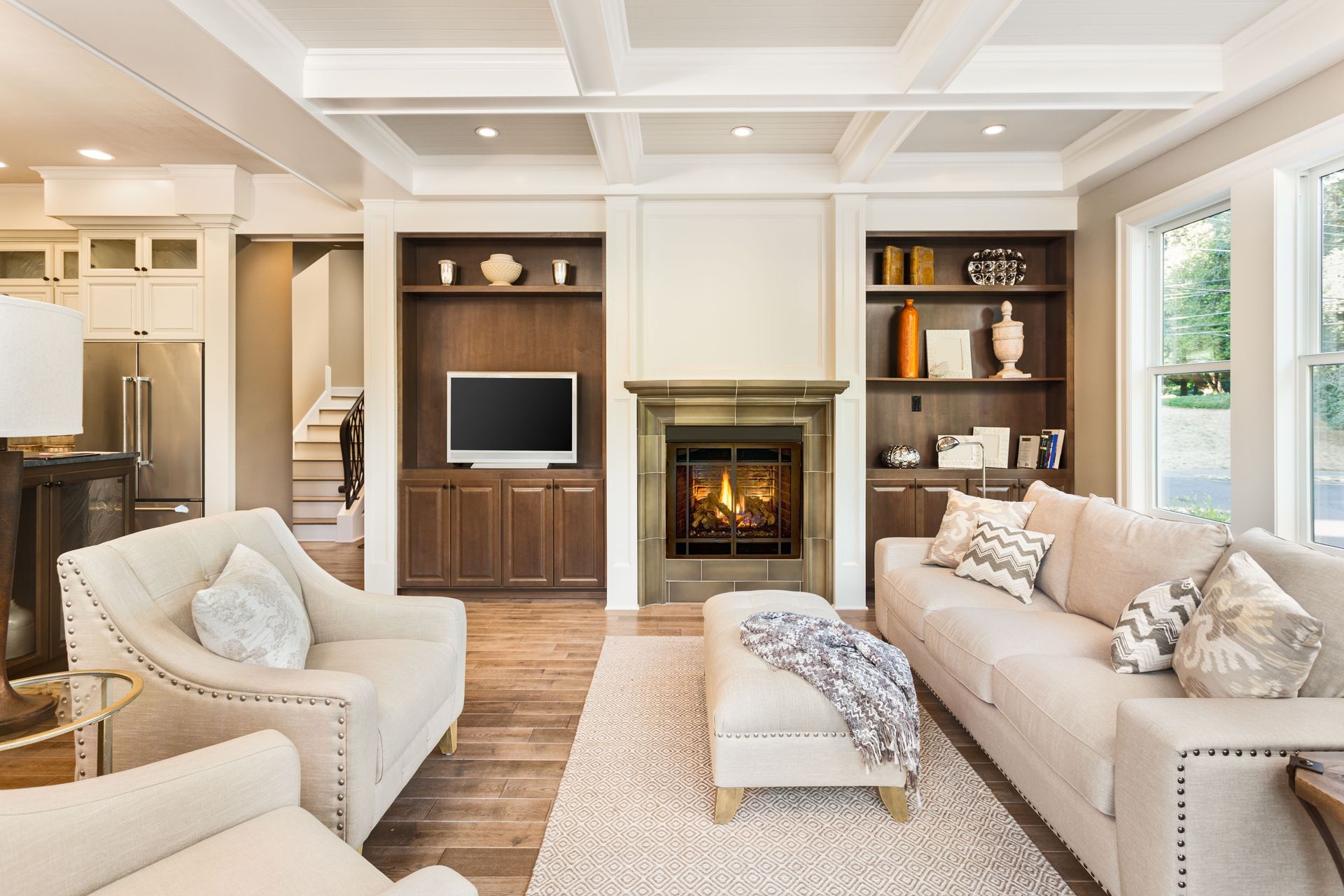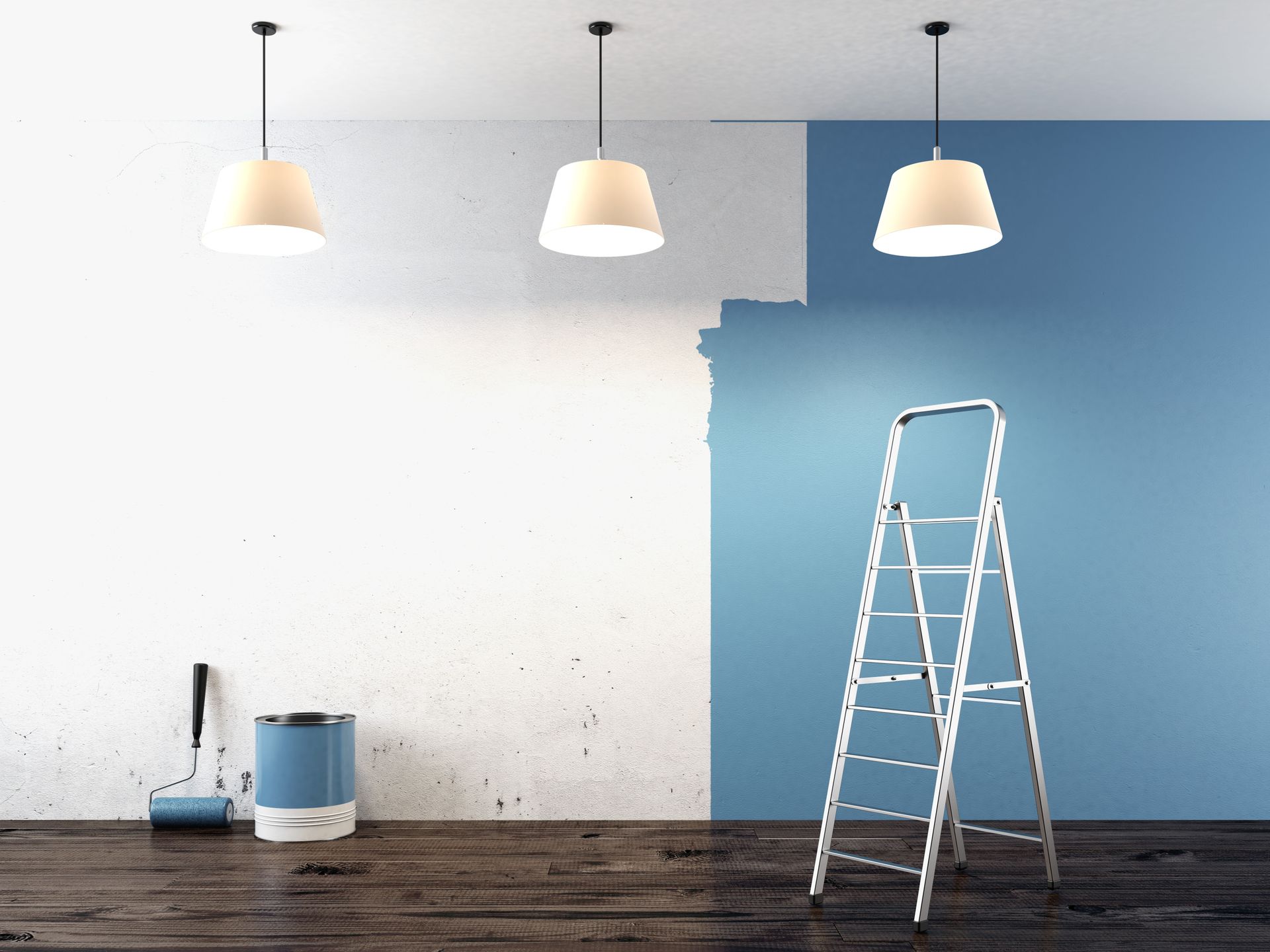How Weather Impacts Exterior Paint Choices and Durability
When it comes to painting the outside of your home, the color you choose might be the first thing on your mind. But beneath the surface of aesthetic decisions lies something much more important: how weather conditions affect the type of paint you choose, how it's applied, and how long it lasts. If you’ve ever noticed paint peeling, fading, or bubbling far sooner than expected, there’s a good chance that climate played a big role.
Understanding how weather affects exterior paint isn’t just for professional painters—it’s crucial knowledge for any homeowner looking to make a smart investment in their property. Whether you live in a humid coastal town, a dry desert climate, or an area with all four seasons, your environment should inform your exterior paint choices. Working with a local painting company that understands your region’s weather patterns can make a significant difference in the outcome and longevity of your paint job.
Temperature Extremes and Paint Performance
One of the most critical weather elements to consider is temperature—both during application and throughout the lifespan of the paint. Paints are formulated to be applied within certain temperature ranges, typically between 50°F and 85°F. Applying paint outside of this range can lead to issues like improper drying, poor adhesion, or surface cracking.
In hotter climates, the intense heat can cause paint to dry too quickly, preventing it from bonding properly with the surface. This can result in blistering or premature peeling. Choosing paints with heat-resistant properties or UV-blocking additives can help counteract this issue. Lighter colors also tend to fare better in hot regions since they reflect sunlight rather than absorb it.
Conversely, in colder regions, the problem often stems from paint taking too long to dry. Moisture can become trapped beneath the surface, especially if temperatures drop overnight after a warm day of painting. For these environments, it's crucial to use paint formulated for low-temperature applications, and to follow a strict weather forecast when scheduling a paint job.
A knowledgeable local painting company will understand the best time of year to paint in your area and will select products that match your seasonal conditions to ensure durability and appearance.
Humidity and Moisture Concerns
Humidity is another major factor that impacts exterior paint performance. In areas with high humidity, such as the southeastern United States or coastal towns, excess moisture in the air can affect paint both during and after application. Moisture in the substrate (like wood or masonry) can interfere with the paint’s ability to adhere properly, leading to bubbling or mildew growth beneath the surface.
Paints used in humid climates should contain mildewcides and be rated for moisture resistance. Acrylic latex paints are typically a better choice than oil-based paints in these areas because they allow the surface to breathe while still providing a protective barrier. Additionally, the drying time can be prolonged in humid conditions, so choosing fast-drying formulas may help avoid extended exposure to potential rain or dew.
On the flip side, very dry climates present their own challenges. In desert areas, paint can become brittle and prone to cracking due to the lack of moisture and constant exposure to the sun. Paints with elastomeric properties that allow for expansion and contraction are often recommended in these environments.
It’s worth noting that proper surface preparation—such as cleaning, priming, and sealing—can greatly improve how well paint handles moisture, regardless of your location. A local painting company with experience in your region will know the right products and prep techniques to guard against common moisture-related problems.
Sunlight and UV Radiation
Direct sunlight is one of the leading causes of exterior paint fading, especially for darker or more saturated colors. Ultraviolet (UV) rays break down the chemical bonds in paint pigments over time, leading to dull, washed-out finishes. South- and west-facing walls often take the brunt of this exposure, and homeowners in sunny regions may notice color fading unevenly across their homes.
To combat this, choose paints with high UV resistance and fade-resistant pigments. Many high-quality exterior paints today include advanced formulations that help protect against the damaging effects of the sun. Some manufacturers also offer warranties for color retention in sun-prone regions.
In addition to choosing the right product, the sheen of the paint can also affect durability. Glossy or semi-gloss finishes tend to be more reflective and resistant to fading, making them ideal for trim and accents. However, they may also highlight surface imperfections. Matte and satin finishes are often preferred for larger wall surfaces due to their more forgiving appearance.
Partnering with a local painting company that understands how sunlight affects your home’s specific orientation and exposure can help ensure your color lasts as long as possible.
Wind, Dust, and Abrasion
While we often focus on moisture and sunlight, wind and airborne particles can also take a toll on your home’s exterior paint. In windy or dusty regions—like the plains, deserts, or coastal areas—paint is subject to constant abrasion from sand, grit, and other environmental debris.
This abrasion can wear down the surface of your paint prematurely, making it appear dull and causing protective layers to erode. Additionally, if dust settles on wet paint during application, it can affect the final finish and even lead to long-term adhesion issues.
To mitigate these effects, homeowners in such areas should opt for paints with strong film integrity and high scrub resistance. Washable paints or those with self-cleaning properties can help maintain appearance over time.
According to IBISWorld, there are 180,387 painting contractors in the United States. While the options are plentiful, choosing a local painting company familiar with your region’s unique challenges gives you a strategic advantage. They will be well-versed in not only selecting durable paints but also scheduling work during low-wind periods and properly prepping the surface to withstand environmental abrasion.
Seasonal Fluctuations and Long-Term Maintenance
In many parts of the country, weather conditions can vary dramatically throughout the year. Homes in regions with all four seasons face the unique challenge of coping with both hot summers and freezing winters. These fluctuations can cause building materials to expand and contract, which places stress on painted surfaces.
Paints used in these environments need to be flexible and able to move with the substrate without cracking or peeling. Elastomeric coatings, which have elastic properties, are often a smart solution. They can bridge small cracks and accommodate temperature-related movement while providing waterproofing.
It’s also important to consider seasonal timing for exterior painting. Late spring and early fall are generally considered the best times to paint in temperate regions, when temperatures are mild and humidity is moderate. Painting during these “shoulder seasons” allows for optimal curing conditions and helps extend the life of your paint job.
Homeowners should also plan for regular maintenance to maximize durability. This includes annual inspections, washing off dirt and mildew, touching up peeling spots, and resealing exposed areas as needed. A trusted local painting company can set up a maintenance plan tailored to your home and climate, helping you get the most value out of your investment.
Choosing exterior paint isn’t just about color—it’s about making smart decisions based on your local climate and weather patterns. Temperature extremes, humidity levels, UV exposure, wind, and seasonal changes all play a role in how well your paint performs and how long it lasts.
With so many options on the market, selecting the right type of paint for your environment can feel overwhelming. That’s where experience matters. A local painting company brings valuable insight into what works best in your area, helping you avoid common pitfalls and achieve beautiful, long-lasting results.
Ready to choose the right paint for your home’s climate? Contact Tom Jellison Painting today for expert advice and long-lasting exterior painting solutions tailored to your local weather conditions.




Share On: